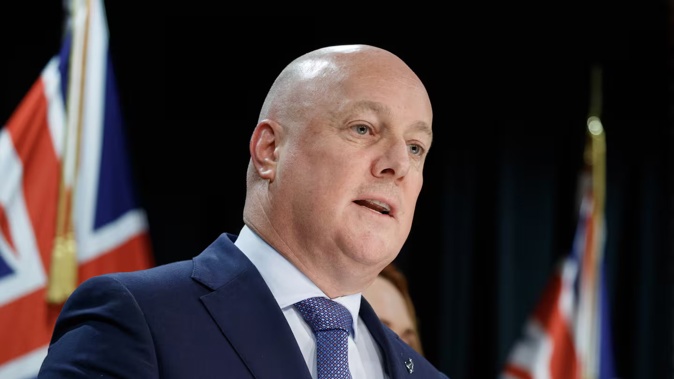
THREE KEY FACTS
- - Prime Minister Christopher Luxon mistakenly conflated Year 8 mathematics and reading achievement rates.
- - Luxon was questioned about the Waitangi Tribunal report on the Treaty Principles Bill.
- - Ministry of Education data shows Luxon’s claim about Māori kids’ reading levels is incorrect.
Prime Minister Christopher Luxon has again botched his numbers by mistakenly conflating Year 8 mathematics and reading achievement rates.
During a recent press conference, Luxon was asked about the recently released Waitangi Tribunal report on the Treaty Principles Bill. The tribunal recommended the bill be abandoned, describing it as “discriminatory” and a “solution to a problem that does not exist”.
Asked if he accepted the report was damaging to the Crown’s relationship with Māori, Luxon replied: “In my conversations with iwi leaders, it’s raised, it’s certainly a challenging issue. What I will say in those same conversations we are talking about the areas where we can collaborate and work together to improve outcomes for Māori.
“If you think about what we are doing with respect to mathematics, when you have 88% of Māori kids at Year 8 unable to read, those are the things and the conversations that we’ve been getting into.”
Based on data from the Ministry of Education, this is not the case. It appears the Prime Minister may have conflated reading and mathematics achievement levels for Year 8 Māori kids.
Data shows one third of Year 8 Māori kids are meeting or exceeding curriculum expectations in reading, 11% are not meeting expectations, but are less than a year behind, and 56% are more than one year behind.
For mathematics, 12% of Māori kids are at or above the curriculum level, 10% are behind by less than one year, and 78% are more than one year behind.
The Prime Minister’s office acknowledged in a statement that he misspoke.
“It’s clear from the context that he was talking about mathematics, where 88% of Māori kids at Year 8 are not where they should be for maths.”
It comes after Luxon was unable to say how much the Jobseeker benefit was during an interview with RNZ on Tuesday.
“I don’t know the precise number,” he said.
When asked by host Ingrid Hipkiss to provide a rough number, Luxon said: “No I’m not going to do that because I want to make sure I get it right for you.”
Also last week, the Prime Minister overstated his Government’s increase in case managers. While appearing on TVNZ’s Breakfast, Luxon discussed recent changes to the social welfare system, including the new traffic light scheme and beneficiary sanctions, saying his Government was doing “everything we can” to support people to find jobs.
He said: “We’ve got 4000 more phone case managers coming on stream, we’ve got 2100 more community job councillors to help as well, particularly with young people, 18 to 24.”
However, RNZ reported that the numbers cited by Luxon did not refer to new staff but to the number of additional people able to receive support.
A July press release from Social Development Minister Louise Upston said a new phone-based case management system would “initially provide 4000 more job seekers with case management support” that would be “targeted at work-ready job-seekers aged 18 to 24″.
Meanwhile, an August media release said “a significant investment by the coalition Government in young job-seekers will see an extra 2100 placed into community-led programmes that provide job coaches and other support to give them a better future”.
Julia Gabel is a Wellington-based political reporter. She joined the Herald in 2020 and has most recently focused on data journalism.
Take your Radio, Podcasts and Music with you









